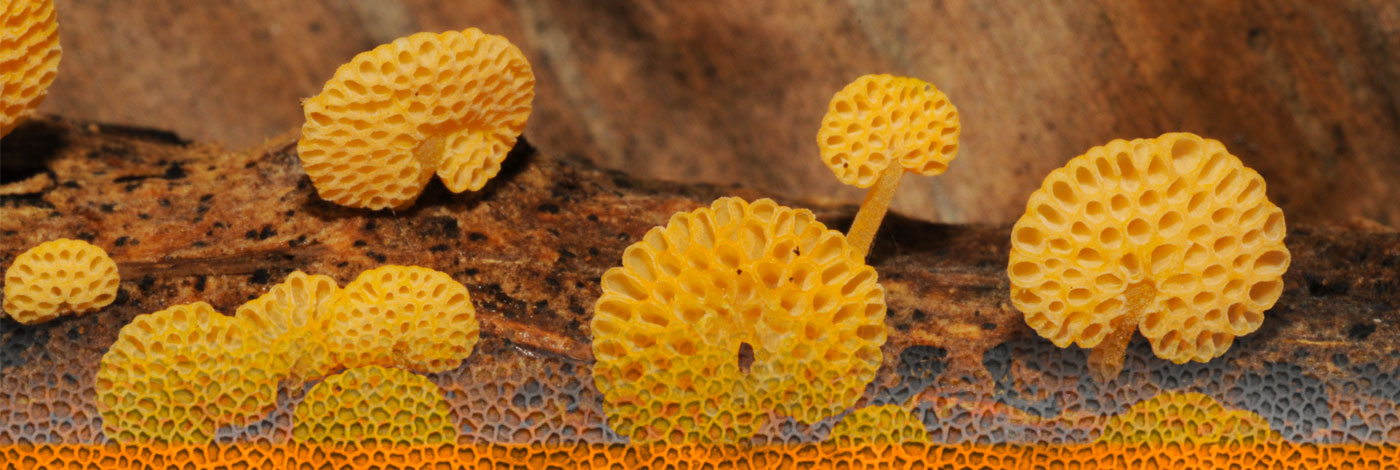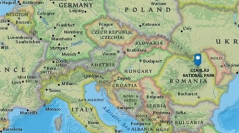

 Cryptogamie, Mycologie
36 (4) - Pages 399-407
Cryptogamie, Mycologie
36 (4) - Pages 399-407This study is based on finding a representative pattern of interactions between old-growth forest attributes and lichen species abundances. The field activities were performed within Ceahlău National Park, Neamț County, North-Eastern Romania. In total 38 sampling units of 10 by 10 m were randomly selected, within these all phorophytes with circumferences that exceed 70 cm were selected. On each phorophyte, a frame of 20 by 20 cm was randomly fixed and all lichen specimens included were sampled. Relationships between macrovariables, microvariables and response variables were tested using the Kendall rank order correlation coefficient. To explain the influence of macrovariables and microvariables on response variables, polynomial regression was used.The results indicated that lichen species abundances are significantly influenced by macrovariables such as herb coverage, altitude, slope, multilayered canopies and host phorophyte diversity.With regard to the microvariables, the aspect, rhytidome crevice depth and circumferences of host phorophytes have a significant influence on lichen species abundances. The output of the regression analysis highlighted significant relationships among macrovariables and lichen species abundances. The multilayered canopies and host phorophytes diversity are of interest as predictors which explain lichen species diversity. Of all microvariables, only the rhytidome crevice depth plays an important role as a predictor of lichen species abundances. The main conclusion is based on the identification of the old-growth forest attributes which significantly affect the lichen species abundances and uses them to predict the conservation level of forests of Ceahlău National Park.